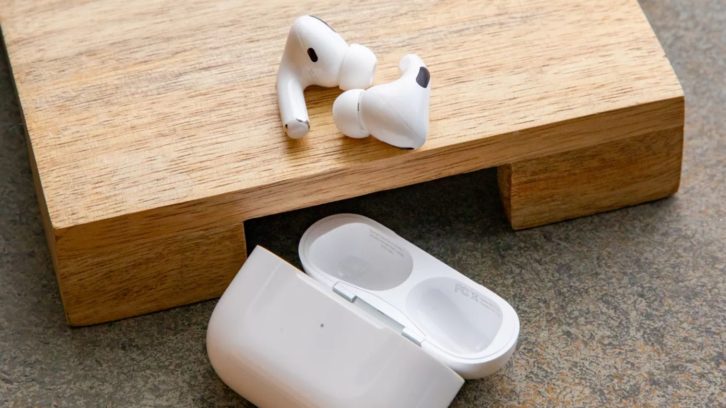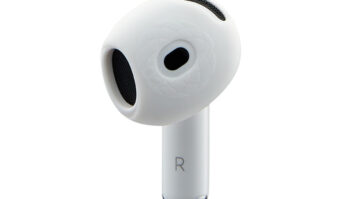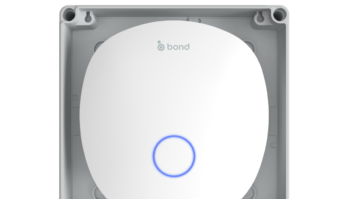
We’ve been very much impressed with the new Apple AirPods Pro 2, and that’s partly down to the Adaptive Transparency tech they offer. Now it looks as though the same feature could be heading to the original Apple AirPods Pro as well.
As spotted on Reddit (via AppleInsider), the latest iOS 16.1 beta brings a software switch for Adaptive Transparency for the first-gen AirPods Pro. Apple hasn’t said anything officially, and it’s only in testing for now, but it looks as though the feature is on the way.
The standard transparency mode on the AirPods Pro attempts to accurately simulate outside sounds while the earbuds are in your ear. With the adaptive option enabled, that still happens, but with very loud noises (85db and above) made to sound quieter.
Older hardware
Apple has fitted an upgraded H2 chip into the second-gen AirPods Pro, which makes all of the necessary calculations required for Adaptive Transparency to work. It’s not clear yet how the H1 chip in the original AirPods Pro will manage.
It’s possible that Apple has updated and streamlined the relevant algorithms to suit the H1 chip, and it’s also possible that the feature won’t work quite as well on the first-gen earbuds compared to the second-gen earbuds.
Based on user reports, it seems that Adaptive Transparency functions properly on the original AirPods Pro, but as yet no one has done a detailed comparison with the 2022 version of the earbuds. Note that you also need the beta firmware for the AirPods Pro installed as well as the iOS beta for the feature to appear.
Analysis: more value for older devices
It’s clear why tech companies don’t rush out new features for older hardware: the internal components may not be powerful enough to handle the improved functionality, and it gives consumers fewer reasons to upgrade to a new device too.
However, we’d like to see more of what Apple has (apparently) done here. Where the hardware allows, giving owners of older devices access to newer features would add a lot of extra value to products – and it would do a lot for the reputation of a brand as well.
To be fair to Apple, it’s one of the best there is when it comes to pushing out new software for its existing gadgets. iOS 16 works on every iPhone all the way back to the iPhone X and the iPhone 8 from 2017, even if some of the features aren’t enabled on older devices.
Manufacturers are keen to promote their eco-friendly credentials, and this is another way of prolonging the life of products and slowing down the upgrade cycle – even if there isn’t quite as much profit made along the way.
This article originally appeared on techradar.com.
About the Author
David Nield is a freelance tech journalist who has been writing about gadgets, apps and the web for more than two decades. Based out of Stockport, England, on TechRadar you’ll find him covering news, features and reviews, particularly for phones, tablets and wearables. Working to ensure our breaking news coverage is the best in the business over weekends, David also has bylines at Gizmodo, T3, PopSci and a few other places besides, as well as many years editing the likes of PC Explorer and The Hardware Handbook.
See also: 7 Reasons Why A DAC Could Be Your Music Purchase Of The Year












